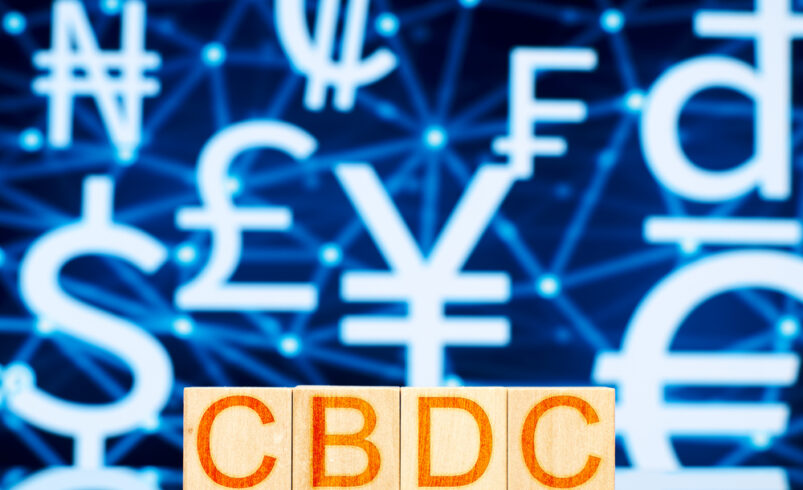Everything You Need To Know About Bitcoin Halving

Introduction
Anyone dealing in Bitcoin is likely to hear about next Bitcoin halving from analysts and financial experts. This article discusses Bitcoin halving and its impact on the underlying asset class.
What is Bitcoin Halving?
Bitcoin blockchain was introduced in 2009 as a decentralized blockchain. Bitcoin whitepaper introduced the digital currency as an alternative for fiat options. Therefore, Bitcoin was set to address the issues that plagued fiat currency system. One of these issues was unlimited or uncapped total supply of fiat currencies.
Central banks use money supply as a way to implement monetary policy and there is in general not an assigned limit on printing more money. However, Bitcoin has capped its total supply at 21 million tokens.
At the same time, Bitcoin blockchain also halves the amount of newly minted tokens after every 4 years. This process is called Bitcoin halving.
Try Crypto Engine today, the best crypto trading bot! Click here to sign up. Artificial intelligence crypto bots are leading the trading markets, you can take part in the AI revolution and make money too! Stay ahead of the crypto game with Artificial Intelligence crypto trading bot today!
How does Bitcoin Halving Work?
Bitcoin halving is a complex process that requires understanding of various aspects of the blockchain network. It is important to establish that Bitcoin renders the services of miners who use Proof-of-Work consensus model to verify transactions.
When a user makes transaction on the Bitcoin blockchain it is added in the form of an encrypted entry. Miners have to use computational power and compete with each other to find the decryption code to verify authentic transactions.
As mentioned before Bitcoin is a decentralized blockchain and it does use intermediaries like banks to validate transactions. Instead, the job of verifying transactions on the blockchain is performed by miners.
In exchange for verifying transactions miners are rewards in the form of newly minted BTC tokens from the blockchain. In 2020, Bitcoin blockchain released 12.5 new BTC tokens as rewards to miners.
After the next Bitcoin halving set to take place in April 2024, Bitcoin rewards for miners will the drop to 3.125 coins.
Why is Bitcoin Halving Necessary?
Bitcoin halving is incorporated in the blockchain network to control the total circulatory supply of the cryptocurrency. Bitcoin addresses one of the fundamental problems with fiat currencies that happen on account of unlimited additional supply.
With the introduction of new currency units, per unit value of fiat currencies can decline and reduces the purchasing power of individuals. Therefore, fiat currencies are regarded as inflationary currency.
However, Bitcoin has addressed the issue by capping the maximum supply of the token at 21 million. Furthermore, Bitcoin blockchain uses halving method to limit the addition of new tokens into the supply.
After every four years, BTC prices for miners are slashed into half. It means that over time the added supply of Bitcoin reduces that stabilizes its price devaluation.
Furthermore, Bitcoin is a borderless currency therefore its demand among investors increase while new supply declines. In this manner, Bitcoin value continues to rise making it a deflationary token.
Important Facts About Bitcoin Halving
Here are some important Bitcoin halving facts:
- Bitcoin halving takes places after every 210,000 block height which takes place roughly after every 4 years.
- The first ever Bitcoin halving took place in November 2012. As a result of this Bitcoin mining rewards dropped from 50 to 25 per block. The next halving took place in 2016 and so forth.
- The final Bitcoin halving is expected to happen in 2140 when all 21 million Bitcoins will be mined. From that point, miners will earn revenue in the form of transaction fees that network users will pay.
- Last Bitcoin halving occurred in 2020 that halved the BTC rewards to 6.25 units. The next Bitcoin halving is set to take place in 2024.
- In April, total circulatory supply of Bitcoin was recorded at 19.3 million leaving 1.68 un-minted tokens to be issued as mining rewards.
- There have been three Bitcoin halvings thus far taking place in 2012, 2016, and 2020.
- Bitcoin halving duration is set at 4 years on account of the average block time of 10 minutes. At this rate, the required block height namely 210K take 1461 adding up to roughly 4 years.
Conclusion
Bitcoin blockchain was introduced to digitized and modernize the existing payment networks. Bitcoin halving is an important mechanism that is used by other blockchain networks to control the total supply of their native tokens and to prevent devaluation.
Disclaimer: Latest Coin News is your go-to platform for promoting content for a multitude of cryptocurrency and blockchain enterprises, and your organization could be the next to benefit from our services! For inquiries, don’t hesitate to connect with us via our Telegram Chat. Given the volatile nature of the cryptocurrency market, we encourage you to conduct comprehensive research prior to making any investment decisions. Some of the content on our website, such as broker reviews, is either paid content or contributions from guest authors and may not necessarily reflect the views of Latest Coin News. We disclaim any responsibility for the accuracy, quality, and content of advertisements, products, or any other materials, including ad spaces displayed on our platform. For a thorough understanding, we invite you to review our full terms and conditions and disclaimer.






